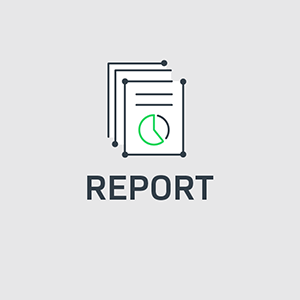
Software license overuse – also known as “unlicensed software” – occurs when the use of software exceeds the terms under which it is licensed, and presents a different set of challenges to software producers and their compliance programs than its close cousin, software piracy. First, overuse occurs within existing customer environments, so there is often sensitivity around compromising that relationship. Second, additional factors must be considered before a determination of overuse can be made.
In the case of pirated software, software licensing solutions like Compliance Intelligence can easily detect the use of cracked software where licensing has been stripped out, disabled, or otherwise circumvented (and of course accelerates the process of identifying pirated users and converting them to paying customers). While our software producer customers have seen pirated software being used within their customer base (some as high as 50 percent of all pirated use), software overuse occurs in a wider range of scenarios including:
- An application used on more devices than the license terms specify
- A freemium/home licensed application used in a commercial environment
- Site-licensed software used at a location or corporate entity not covered by the terms of the agreement
- Geographically defined license used in other physical locations
- Installations on virtual machines (VMs) that exceed the scope of the license
- Installations on CPUs other than those specified in a named CPU license
To aid in identifying overuse scenarios, Usage Intelligence data can be leveraged within the Compliance Intelligence platform to associate these types of usage metrics with accounts. With unlicensed software continuing “to be a multibillion revenue challenge for software companies” according to a KPMG study, it is crucial that compliance programs identify overuse and develop processes for capturing lost license revenue.
The KPMG study respondents indicated that “the use of unlicensed software impacts their companies’ revenue by at least 10 percent.” Nearly half of those respondents indicated that compliance-related recoveries provide 4 percent or more of their annual software revenue streams (with 37 percent generating more than 6% of annual software revenue). Clearly, an opportunity exists for compliance programs to drive significant license revenue.
Software usage analytics makes it easier for compliance programs to leverage other systems of record (CRM and entitlements databases, for example) to identify and quantify overuse. Additionally, combining usage and compliance analytics provides software producers with a much more complete picture of overuse and the features that drive that overuse.
Learn more about how usage analytics is driving successful compliance programs. Download Best Practices of Highly Intelligent License Compliance Managers today.


